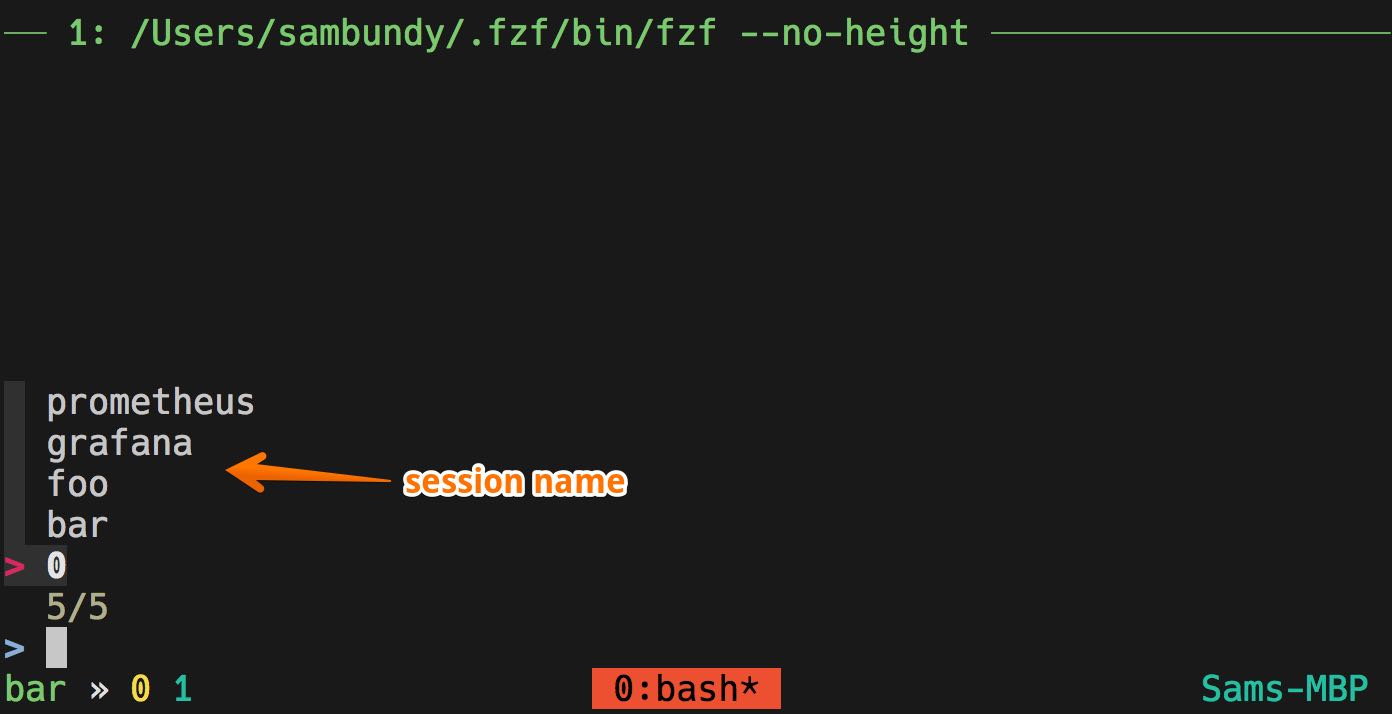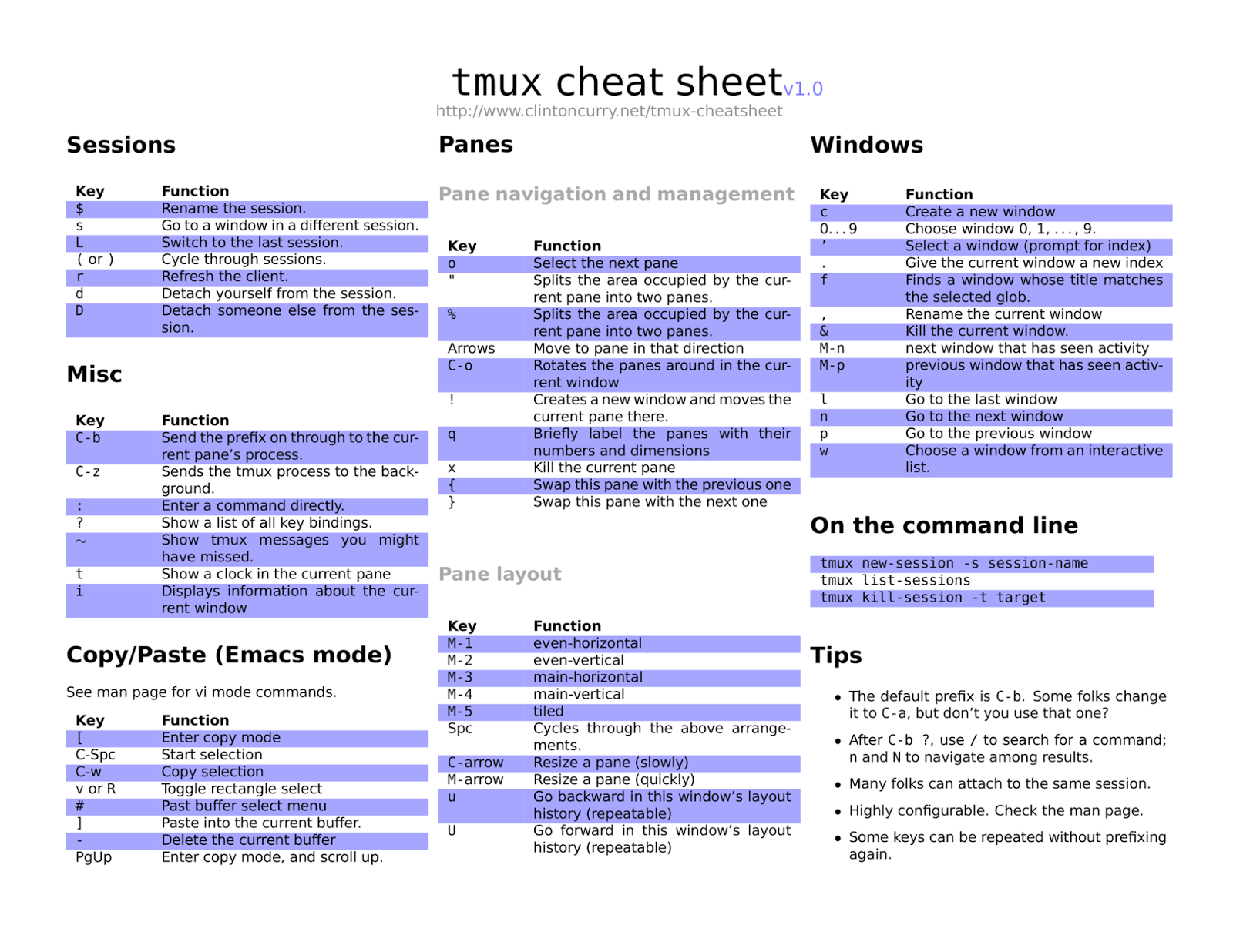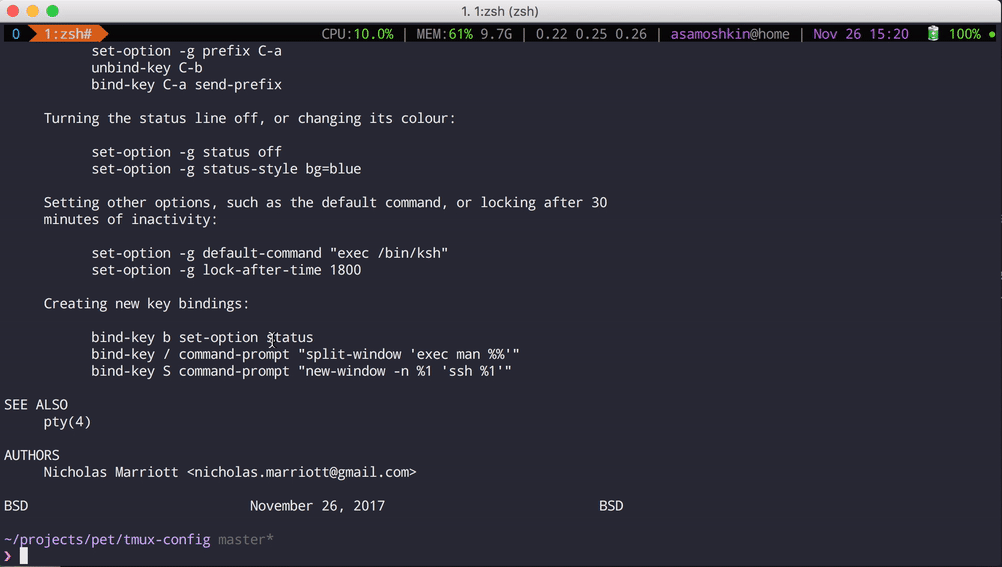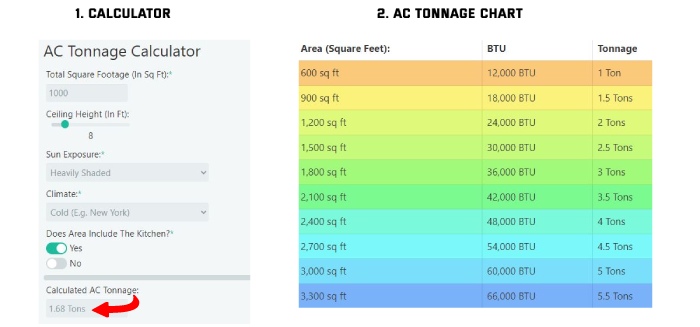Scroll Like a Pro: Tmux Techniques

Tmux is a powerful tool that empowers users to efficiently manage multiple terminal sessions, effectively boosting productivity and streamlining workflows. In this comprehensive guide, we will delve into a range of Tmux techniques, exploring their practical applications and uncovering the secrets to mastering this invaluable tool.
Maximizing Productivity with Tmux

Tmux, short for “terminal multiplexer,” is a command-line program that enables users to control multiple terminal sessions simultaneously. It offers a plethora of features designed to enhance productivity and simplify complex tasks. By mastering Tmux, you can navigate your terminal environment with unparalleled efficiency, making it an indispensable tool for developers, system administrators, and power users alike.
Navigating Tmux: A Comprehensive Overview

To unlock the full potential of Tmux, it’s essential to grasp its core concepts and navigation techniques. Here’s a step-by-step guide to help you get started:
Installing Tmux
The first step towards harnessing the power of Tmux is to install it on your system. Follow these simple steps to get Tmux up and running:
- Linux and macOS: Tmux is typically available in the default package repositories. Simply use your package manager (e.g., apt, yum, or brew) to install it.
- Windows: Install Git for Windows, which includes Tmux as part of its package. Alternatively, you can download and install Tmux from the official website.
Basic Navigation
Once Tmux is installed, you can start exploring its features. Here are some fundamental commands to get you going:
tmux: This command initiates a new Tmux session.tmux ls: List all active Tmux sessions.tmux attach: Attach to an existing session.tmux new -s session_name: Start a new session with a specified name.tmux kill-session -t session_name: Kill (terminate) a session.
Window Management
Tmux allows you to create and manage multiple windows within a session. Each window can host a different terminal environment, making it ideal for running multiple tasks concurrently. Here’s how you can navigate and manage windows:
tmux new-window: Create a new window.tmux list-windows: List all windows in the current session.tmux select-window -t window_index: Switch to a specific window.tmux kill-window -t window_index: Kill a window.
Pane Splitting
Tmux’s pane splitting feature enables you to divide a window into multiple panes, allowing you to view and interact with multiple processes or applications simultaneously. Here’s how to utilize this powerful feature:
tmux split-window -h: Horizontally split the current pane.tmux split-window -v: Vertically split the current pane.tmux select-layout -l layout_name: Choose a specific layout for the panes.tmux swap-pane -t pane_index: Swap the current pane with another.
Session Persistence
One of Tmux’s standout features is its ability to persist sessions, allowing you to resume your work exactly where you left off. This is especially useful when dealing with long-running tasks or complex setups. Here’s how to manage persistent sessions:
tmux attach -t session_name: Attach to an existing session.tmux detach: Detach from the current session, leaving it running in the background.tmux rename-session -t session_name new_name: Rename a session.tmux kill-session -t session_name: Kill (terminate) a session.
Customizing Tmux
Tmux is highly customizable, allowing you to tailor it to your specific needs and preferences. You can modify its appearance, behavior, and even create custom keybindings. Here’s a glimpse of what you can achieve:
- Changing the Appearance: Modify colors, pane borders, and status bar settings to suit your style.
- Custom Keybindings: Define your own key combinations for commonly used commands, enhancing your workflow.
- Plugins: Explore and install Tmux plugins to extend its functionality and add new features.
Advanced Tmux Techniques
Once you’ve grasped the basics, it’s time to delve into some advanced Tmux techniques that will take your productivity to new heights. Here are some powerful strategies to explore:
Synchronizing Sessions
Tmux allows you to synchronize multiple sessions, enabling seamless collaboration or managing complex environments. By sharing a session with others, you can work together on the same terminal setup, making it ideal for remote collaboration or managing server farms.
Scripting with Tmux
Tmux’s scripting capabilities open up a world of possibilities for automating tasks and creating custom workflows. By writing scripts that utilize Tmux’s command-line interface, you can automate repetitive tasks, manage complex processes, and streamline your daily routines.
Tmux Integration with Other Tools
Tmux integrates seamlessly with a wide range of tools and applications, allowing you to create powerful workflows. For example, you can integrate Tmux with version control systems like Git, making it easier to manage code repositories and collaborate with teammates. Additionally, Tmux can be integrated with text editors like Vim or Emacs, providing a seamless development environment.
Remote Access and Tmux
Tmux is an invaluable tool for remote access and management. By utilizing Tmux’s persistence and session synchronization features, you can remotely manage servers, troubleshoot issues, and collaborate with team members, all while maintaining a consistent and efficient workflow.
Performance Analysis and Optimization
To ensure Tmux runs smoothly and efficiently, it’s essential to monitor and optimize its performance. Here are some tips to help you achieve peak performance:
Resource Management
Tmux can consume a significant amount of system resources, especially when managing multiple windows and panes. To optimize performance, consider the following:
- Limit the number of windows and panes in each session.
- Close unused sessions and windows to free up resources.
- Monitor system resource usage and adjust Tmux settings accordingly.
Customization and Efficiency
Customizing Tmux to your specific needs can significantly enhance its efficiency. By tailoring its appearance, behavior, and keybindings, you can reduce the cognitive load and improve your overall productivity. Here are some customization ideas to explore:
- Simplify the status bar by removing unnecessary information.
- Define custom keybindings for frequently used commands.
- Utilize plugins to add new features and improve workflow.
Regular Updates and Maintenance
Keeping Tmux up-to-date is crucial for ensuring its stability and security. Regularly check for updates and install them to benefit from bug fixes, performance improvements, and new features. Additionally, periodically review your Tmux configuration and make necessary adjustments to maintain optimal performance.
Future Implications and Developments

As Tmux continues to evolve, we can expect exciting developments and improvements. Here are some potential future directions for Tmux:
Enhanced Collaboration Features
With the increasing demand for remote collaboration, Tmux may introduce more advanced collaboration features, such as real-time session sharing, collaborative editing, and improved session synchronization.
Integration with Modern Tools
As new tools and technologies emerge, Tmux will likely integrate with them to provide seamless workflows. Expect integrations with modern development environments, containerization tools, and cloud-based services, making Tmux even more versatile and powerful.
Performance Optimizations
Efficiency and performance are always top priorities for Tmux developers. Future updates may focus on optimizing resource usage, improving startup times, and enhancing overall responsiveness, ensuring Tmux remains a lightweight and efficient tool.
Conclusion
Tmux is a powerful and versatile tool that empowers users to navigate their terminal environments with unparalleled efficiency. By mastering its core concepts, advanced techniques, and customization options, you can unlock a new level of productivity and streamline your workflows. Whether you’re a developer, system administrator, or power user, Tmux is an invaluable addition to your toolkit, offering endless possibilities for optimizing your terminal experience.
How do I install Tmux on my system?
+For Linux and macOS, Tmux is typically available in the default package repositories. Use your package manager (e.g., apt, yum, or brew) to install it. For Windows, install Git for Windows, which includes Tmux, or download and install Tmux from the official website.
What are some basic Tmux commands to get started?
+Some fundamental Tmux commands include tmux to initiate a new session, tmux ls to list sessions, tmux attach to attach to an existing session, tmux new -s session_name to start a new session, and tmux kill-session -t session_name to kill a session.
How can I manage windows and panes in Tmux?
+Tmux allows you to create and manage multiple windows and panes. To create a new window, use tmux new-window. List windows with tmux list-windows, switch between windows with tmux select-window -t window_index, and kill a window with tmux kill-window -t window_index. For pane splitting, use tmux split-window -h or -v, and manage layouts with tmux select-layout -l layout_name and tmux swap-pane -t pane_index.
What are some advanced Tmux techniques I can explore?
+Advanced Tmux techniques include synchronizing sessions for collaboration, scripting with Tmux to automate tasks, integrating Tmux with other tools like Git and text editors, and utilizing Tmux for remote access and management.
How can I optimize Tmux’s performance and efficiency?
+To optimize Tmux’s performance, manage resource usage by limiting windows and panes, close unused sessions, and monitor system resources. Customize Tmux’s appearance, behavior, and keybindings to reduce cognitive load. Regularly update Tmux and review your configuration for optimal performance.



